
Rastenburg, today Kętrzyn, is a district town in the Polish voivodship Warmia-Masuria. Before the German National Socialist era, the town in East Prussia had about 16,000 inhabitants.
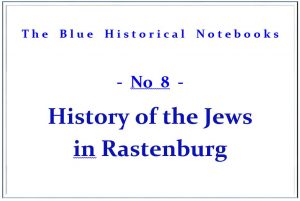 In October 2019, the Blusztyn Association updated its publication on Jewish life in the city of Rastenburg and published it in English. The Association Jews in East Prussia is grateful for this – here is the first time a summary in English of almost all known information on Jews in Rastenburg.
In October 2019, the Blusztyn Association updated its publication on Jewish life in the city of Rastenburg and published it in English. The Association Jews in East Prussia is grateful for this – here is the first time a summary in English of almost all known information on Jews in Rastenburg.
40 Jewish families or personalities are listed, 28 addresses of Jews in Rastenburg are specifically described. Some illustrations from the city, documents and objects are available. Many previous publications that have been evaluated for this work are listed in detail.
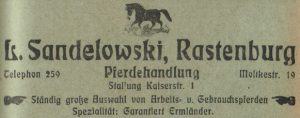
The pdf document can be requested from the Blusztyn Association or from Jews in East Prussia by e-mail:
rastenburg@jewsineastprussia.de
(text: pls. email to me/us the Blue Historical Notebook No. 8 History Jews in Rastenburg)
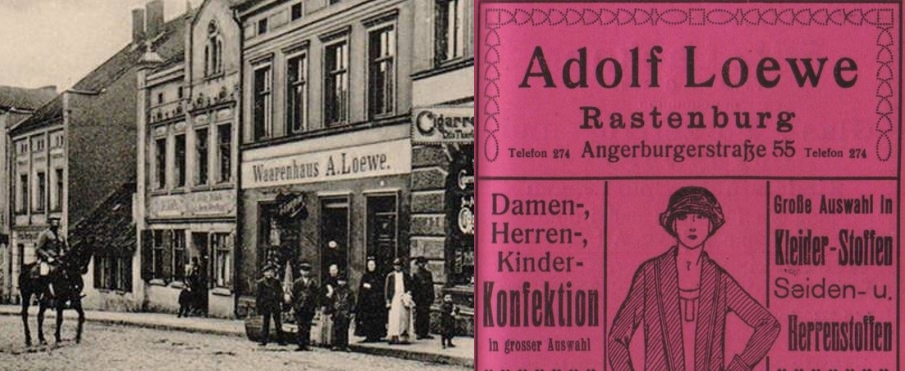
Content:
Page 3: The history of the Jews from 1813 to 1939 who originally came here from German and Polish regions.
In 1896 there was no local rabbi in Rastenburg. At that time there were only five rabbis in East Prussian congregations: Allenstein (now Olsztyn, Poland), Insterburg (now Czerniachowsk, Kaliningrad region in the Russian Federation), Königsberg (now Kaliningrad, Russia), Memel (now Klaipėda in Lithuania) and Tilsit (now Sovietsk, Kaliningrad region).
Page 6: History of the first synagogue, which was active from 1853 to 1916 and whose buildings have survived to this day.
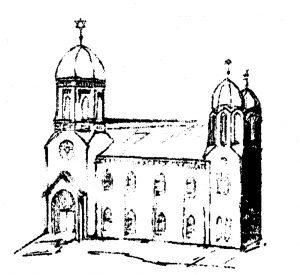
Page 9: History of the Great Synagogue, which existed from 1916 to 1938. Since 2017, a plaque commemorates the annihilation on the night of the November pogrom.
Page 13: The 1975 letter from Henry Katzki, USA describes the personalities and their functions in the community life of Jews in the interwar period.
Page 15: Description of the events on the night of the November pogrom, of the destruction and complete expropriation of all Jews in the village. Mention of the cemetery grounds.
Page 16: The examination of Jewish city history through educational projects and the participation of young people in history competitions, supported by local initiatives.
Page 17-18: List of all Rastenburg Jews from the 20s and 30s as far as they were to be determined.
Page 19-35: List of all known residential and business addresses sorted by street routes.
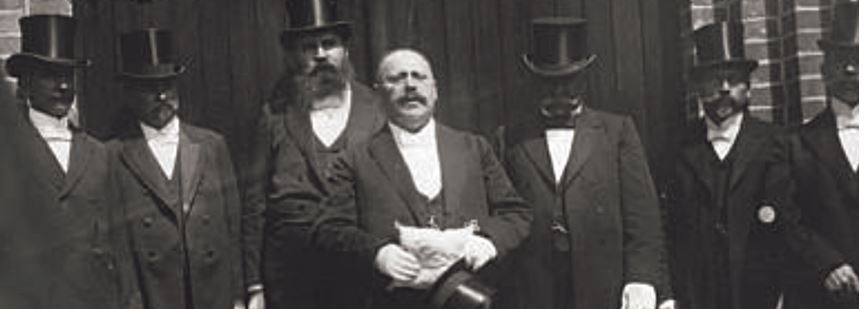
The association Blusztyn has set itself the following goals:
Comprehensive support with social projects for the goals: Village development, education, preservation of quality of life, health education, cultural assets, environmental protection and monuments. To combat all social anxieties through the development of social behaviour that serves the support of previously mentioned objectives.
The association members want to create possibilities of an active free time organization for the residents, in order to serve the immediate homeland region. They are anxious to do everything possible to improve life (and not only the environment) and to create an attractive place of encounter and relaxation for all those who want to relax in peace from the hustle and bustle of everyday life.
The Pdfs document will be sent by email on request.
Rastenburg@jewsineastprussia.de
Author : Tadeusz Korowaj
Editorship: Cezary Korenc
First Digital Copy
Translation kind contribution : Jews in East Prussia
© BLUSZTYN October 2019
ISBN 978-83-935751-9-0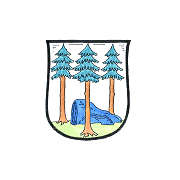
Contact details of the publishing association:
www.BLUSZTYN.pl
mail@Blusztyn.pl
Kąty 3A, 11‐420 Srokowo
Poland
